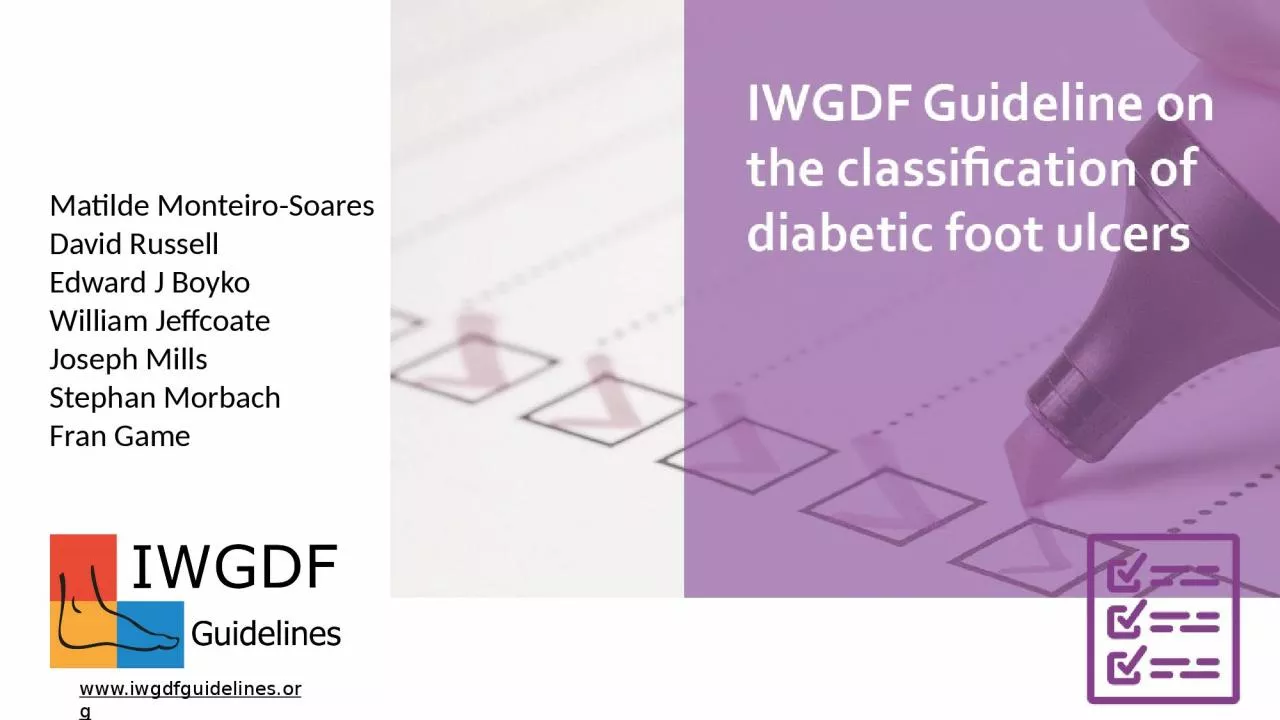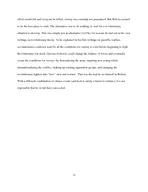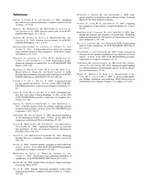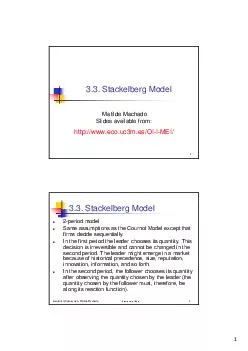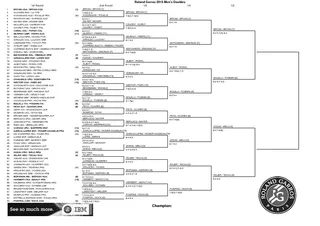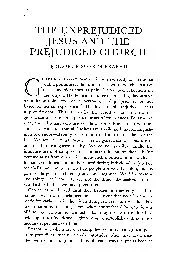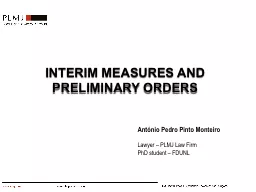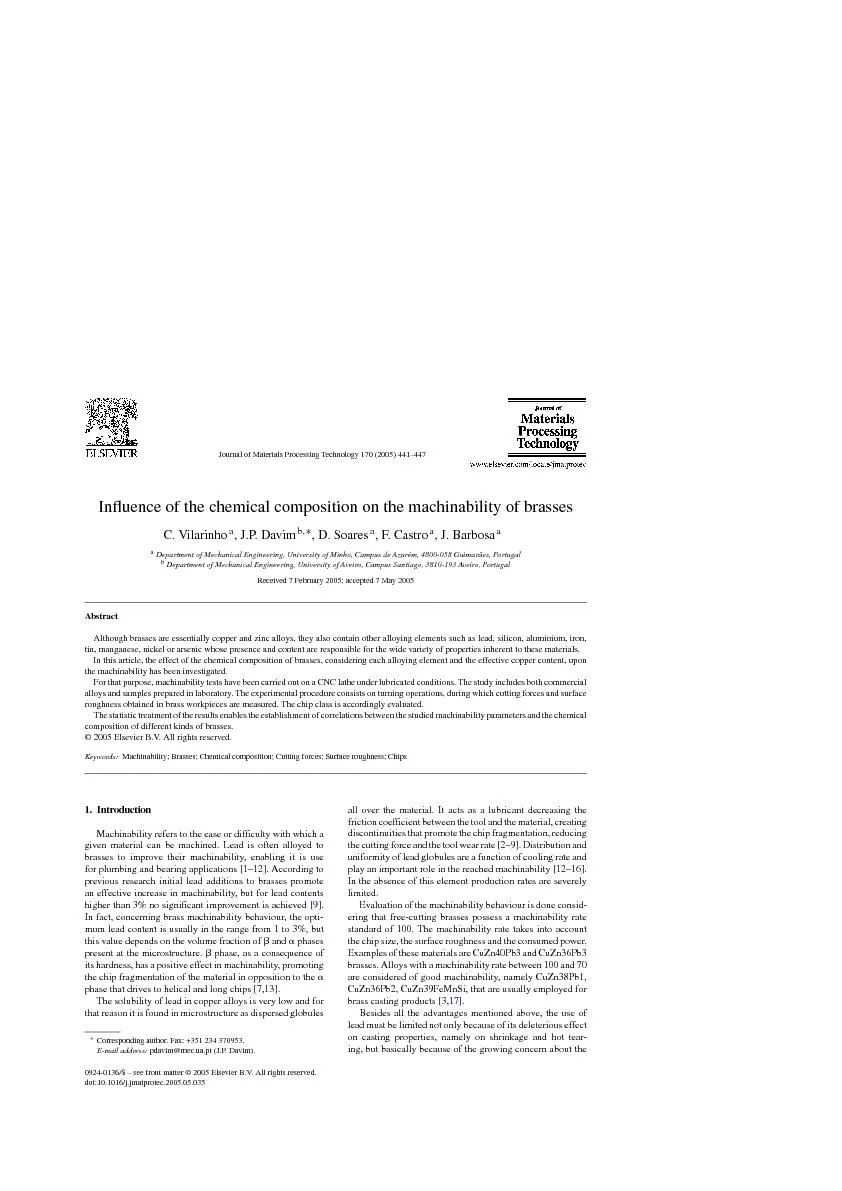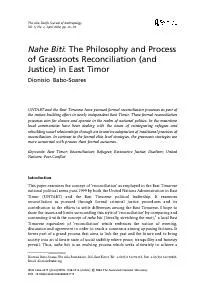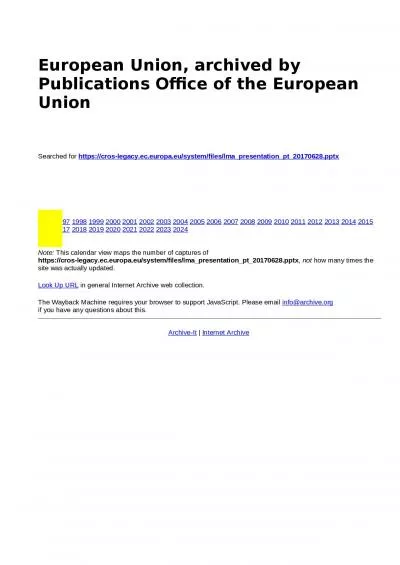PPT-Matilde Monteiro- Soares
Author : morton | Published Date : 2023-11-24
David Russell Edward J Boyko William Jeffcoate Joseph Mills Stephan Morbach Fran Game wwwiwgdfguidelinesorg Diabetic Foot Ulcers why do we need to classify
Presentation Embed Code
Download Presentation
Download Presentation The PPT/PDF document "Matilde Monteiro- Soares" is the property of its rightful owner. Permission is granted to download and print the materials on this website for personal, non-commercial use only, and to display it on your personal computer provided you do not modify the materials and that you retain all copyright notices contained in the materials. By downloading content from our website, you accept the terms of this agreement.
Matilde Monteiro- Soares: Transcript
Download Rules Of Document
"Matilde Monteiro- Soares"The content belongs to its owner. You may download and print it for personal use, without modification, and keep all copyright notices. By downloading, you agree to these terms.
Related Documents

